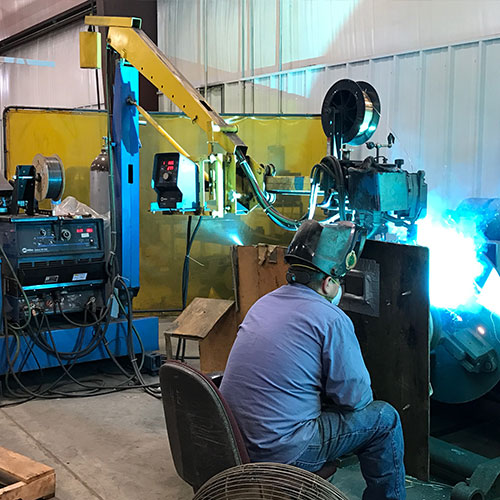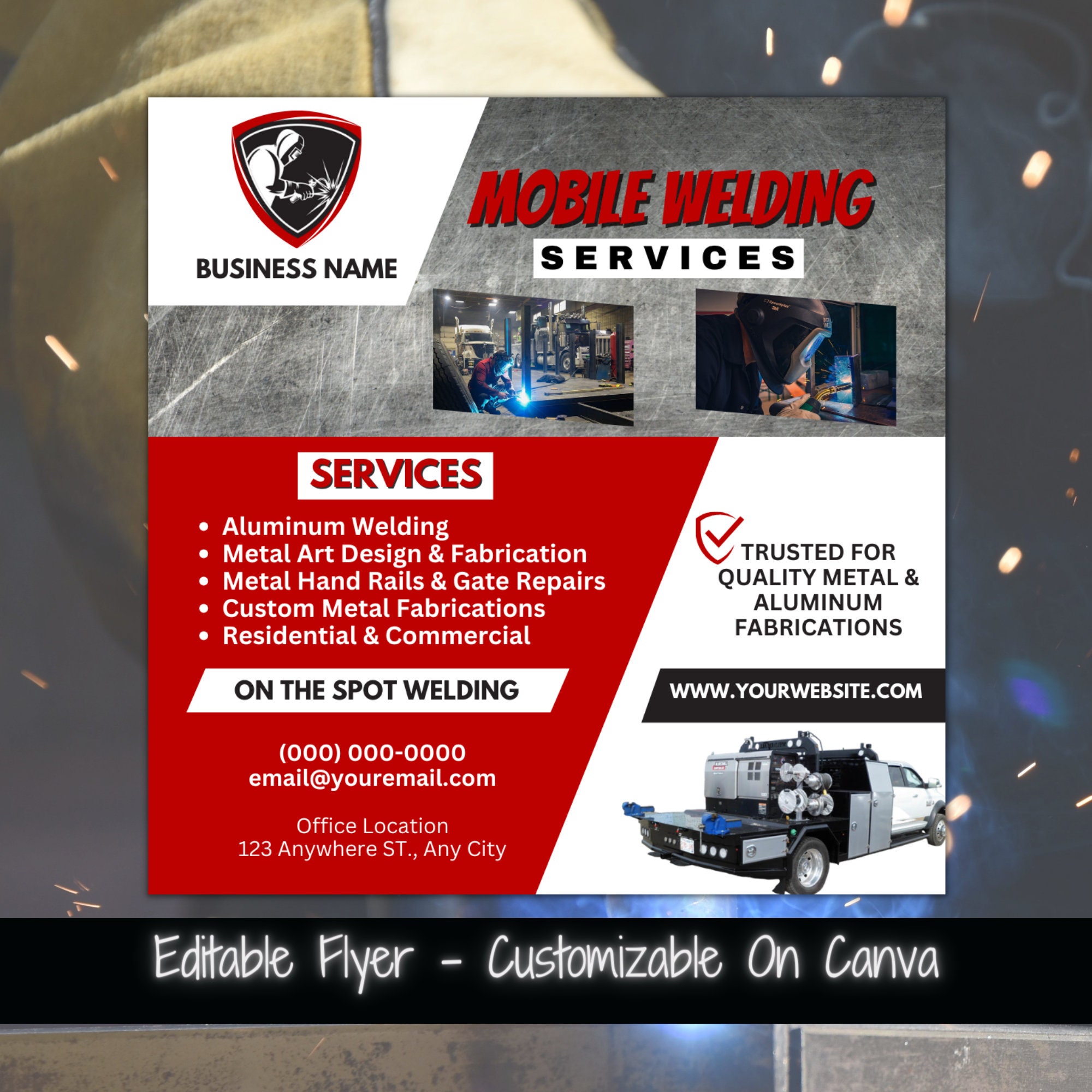Comprehensive Welding Inspection Service for High-Performance Welding
Comprehensive Welding Inspection Service for High-Performance Welding
Blog Article
Understanding the Different Kinds Of Welding Techniques and Solutions Readily Available

Summary of Welding Techniques
Welding techniques encompass a diverse series of approaches used to sign up with products with each other permanently. One common method is arc welding, which involves creating an electrical arc between the base and an electrode material to melt and fuse them with each other. This strategy is functional and can be utilized with different metals, making it among one of the most extensively used welding procedures.

Additionally, TIG welding, or Gas Tungsten Arc Welding (GTAW), is a accurate and clean welding approach that uses a non-consumable tungsten electrode to develop the weld. TIG welding is commonly utilized for thinner materials and gives superb control over the welding process. Generally, recognizing these numerous welding methods is vital for picking one of the most ideal technique for various tasks.
Typically Utilized Welding Approaches
A series of commonly used methods are used in the area of welding to effectively join materials together. Among one of the most widely used techniques is Gas Steel Arc Welding (GMAW), likewise called MIG welding. This approach utilizes a wire electrode that is fed through a welding gun, along with a securing gas to safeguard the weld from contaminants in the air. One more common method is Protected Metal Arc Welding (SMAW), or stick welding, which uses a flux-coated electrode to create the weld. Tungsten Inert Gas (TIG) welding is preferred for its accuracy and convenience, using a non-consumable tungsten electrode to produce the weld. Flux-Cored Arc Welding (FCAW) is typically used in commercial setups because of its high welding rate and mobility. Additionally, Immersed Arc Welding (SAW) is suitable for developing deep welds on thick materials. These generally utilized welding approaches satisfy different demands and materials, providing alternatives for various welding applications.
Advanced Welding Services
Building upon the structure of commonly used welding methods, the realm of innovative welding solutions encompasses sophisticated techniques and innovations that press the borders of precision and performance in material joining procedures. Advanced welding services frequently include specialized approaches such as laser welding, electron light beam welding, and friction stir welding. Laser welding uses an extremely concentrated beam to exactly join metals with very little heat-affected areas, making it optimal for complicated or delicate parts. Electron beam welding, on the various other hand, uses a high-velocity electron beam to produce deep weld infiltrations in materials like aerospace alloys or dissimilar metals. Rubbing stir welding, a solid-state signing up with process, makes it possible for the welding of materials that are testing to fuse using standard techniques, like light weight aluminum and copper. These advanced techniques use improved control over the welding process, causing more powerful, more resilient welds with minimized distortion and enhanced general top quality.
Specialized Welding Techniques

One more specialized welding strategy is laser beam of light welding, where an extremely concentrated beam of light of light is made use of to join steels with minimal heat-affected zones and distortion. These specialized welding techniques display the diversity and technology present in the area of welding, supplying options for a vast variety of commercial applications.

Picking the Right Welding Refine
Selecting the appropriate welding procedure is extremely important in accomplishing ideal cause metal manufacture and signing up with procedures. With various welding techniques offered, it is important to think about elements such as the kind of metal, thickness, joint style, and desired end result when picking the appropriate welding procedure - Welding Inspection Service. Among the usual welding methods are Gas Steel Arc Welding (GMAW), Shielded Metal Arc Welding (SMAW), Gas Tungsten Arc Welding (GTAW), and Flux-Cored Arc Welding (FCAW) GMAW, additionally called MIG welding, appropriates for welding thin to thick steels and is versatile in numerous positions. On the other hand, SMAW, or stick welding, is a reputable technique for outside and field welding due to its mobility and simplicity. GTAW, or TIG welding, is suitable for welding thin products and provides exact and top quality welds. FCAW is preferred for welding thick products and is understood for its high welding speeds. Understanding the qualities of each welding process is necessary in picking one of the most suitable method for a particular welding task.
Verdict
In verdict, recognizing the various sorts of welding techniques and solutions readily dig this available is essential for selecting the right technique for a specific task. By being mindful of the generally utilized welding methods, progressed welding solutions, and specialized methods, individuals can make educated choices to guarantee the success of their welding tasks. It is necessary to take into consideration elements such as products, project demands, and budget when picking one of the most ideal welding process.
From typical techniques like stick welding to advanced procedures such as laser welding, the globe of welding provides a wide range of alternatives for joining steels together.Additionally, TIG welding, or Gas Tungsten Arc Welding (GTAW), is a exact and clean welding approach that uses a non-consumable tungsten electrode to develop the weld. Advanced welding solutions usually involve specialized methods such as laser welding, electron light beam welding, and rubbing stir welding. Among the usual welding approaches are Gas Metal Arc Welding (GMAW), Shielded Steel Arc Welding (SMAW), Gas Tungsten Arc Welding (GTAW), and Flux-Cored Arc Welding (FCAW) By being aware of the typically utilized welding techniques, advanced welding solutions, and specialized strategies, individuals can make educated decisions to make sure the success of their welding tasks.
Report this page